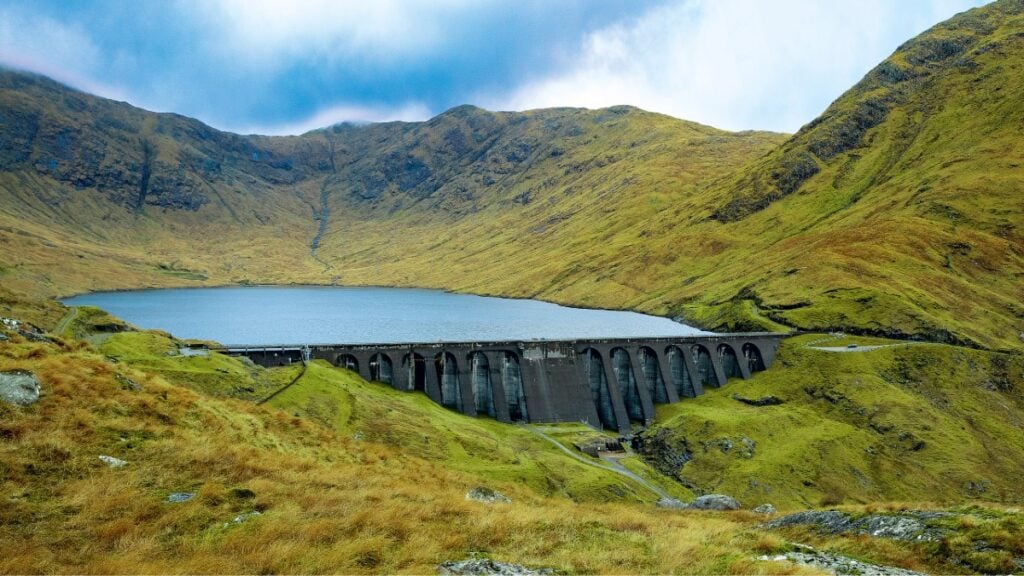
The UK’s energy regulator Ofgem has launched a new cap and floor investment support scheme in an effort to unlock billions in funding for new Long Duration Electricity Storage (LDES) projects.
The launch of the scheme is the end of a collaborative process between the Department for Energy Security and Net Zero (DESNZ), the National Energy System Operator (NESO) and Ofgem, which began in October with the confirmation that a scheme discussed for the past couple of years would be introduced to regulate the minimum and maximum profits that LDES developers could face for projects, in a similar manner to the scheme already in place for interconnector projects.
A call for input into the scheme ran between December 2024 and January of this year, and a Technical Decision Document on the scheme was published last month.
Developers who are able to deliver LDES projects by 2030 and 2033 to meet the government’s Clean Power 2030 target are now being invited to apply to the scheme, with applications closing on 9 June 2025. The first projects are expected to be approved by Q2 of 2026.
The aim of the cap and floor regime is to encourage developers to build LDES projects in order to support the growing need for energy storage to balance a grid powered more prominently by variable sources of renewable energy.
Although DESNZ and NESO have called the expansion of LDES “crucial” to the future of the UK’s net zero ambitions, no new LDES infrastructure has been built in the last four decades owing to numerous barriers, including high upfront costs.
The cap and floor regime solves this by setting minimum and maximum revenues that can be gained from LDES projects. The minimum revenue floor is expected to increase investor confidence and thus encourage private investment into LDES projects by providing minimum revenue for LDES operators to help manage start-up costs and long build times.
Meanwhile, the scheme ensures value for money for UK energy consumers by only allowing efficient projects with a storage duration of over eight hours to take part and sets a maximum cap on profits, with any excess revenue fed back to customers via their bills.
The technical decision document clarified a number of key features about the scheme, while also making a number of changes from those proposed in the call for input launched last winter. The revenue protection aspect of the scheme will allow all capital costs for LDES projects to be recoverable for between 20 and 25 years, essentially functioning as a subsidy for LDES projects that wouldn’t be viable otherwise. Notably, the update revealed last month increased the minimum storage duration of projects eligible under the scheme to eight hours and specified that this must be continuous rated power in order to ensure that shorter duration projects don’t attempt to game the system by bidding in a smaller segment of their MW capacity.
Applicants to the system will be divided into two streams – Stream One for larger projects using technologies with a higher technology readiness level, and Stream Two for smaller projects with a lower technology readiness level. In contrast to previous assumptions, lithium-ion technologies of sufficient capacity are likely to be eligible under the scheme, as well as more traditional LDES technologies such as pumped hydro energy storage (PHES), which is used for all of the UK’s currently operational LDES projects.
Government analysis has found that with 20GW of LDES, the target set for 2050, the UK electricity system could save as much as £24 billion between 2030 and 2050. Meanwhile, NESO’s Future Energy Scenarios report advised the government to add between 2.7GW to 7.7GW of stored power by 2035, around double Britain’s current strategic reserve spread across four pumped hydro storage schemes in Scotland and Wales. A number of new LDES projects are currently in development or have recently been granted planning permission, including Gilkes Energy’s Earba and Fearna projects.
The renewable energy industry has so far responded positively to the launch of the LDES cap and floor scheme. Commenting on the launch, RenewableUK’s senior policy analyst Yonna Vitanova noted this was an “important milestone” for the nation’s clean energy ambitions. Vitanova added: “We need low-cost wind and solar to be complemented by long-duration storage systems, like the pumped hydro plants we have in Scotland and Wales, if we’re to create an energy system which delivers the lowest cost electricity for billpayers.
“There are a number of shovel-ready projects across the country which could go forward under this scheme, and we would expect to see them come online by 2030 or soon after.”

